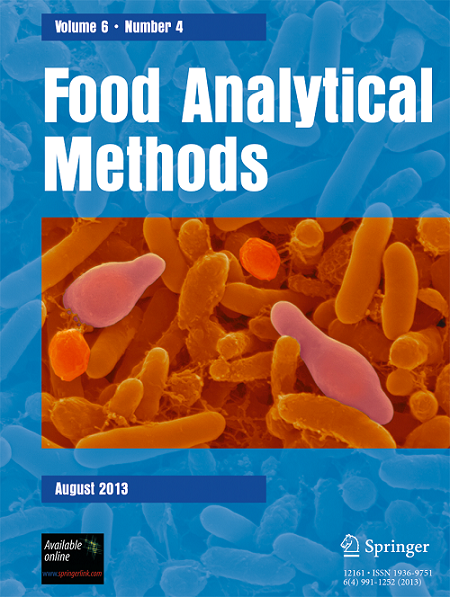Green and Low-Cost Method for Selenium Analysis in Beans by Photochemical Vapor Generation Coupled to Atomic Absorption Spectrometry (PVG-AAS)
Abstract
Selenium is an essential element and the main source of it is food. The ingestion of food rich in this element as nuts (Brazil nuts) is important to keep the body healthy. In this work, the development of a green and low-cost methodology for selenium analysis in beans was carried out using the photochemical vapor generation method coupled to atomic absorption spectrometry. The efficiency of the photochemical vapor generation (PVG) was optimized by evaluating the experimental conditions, such as type and concentration of the organic acid, flow rate of the carrier gas, and sample UV irradiation time. The formation of volatile species was more efficient using 6% v v−1 acetic acid, carrier gas flow rate of 10 mL min−1, and 20-s UV irradiation time. The method of standard addition calibration curves was performed to analyze total Se in green bean samples acquired in the market of different cities of northeast and north regions of Brazil. The accuracy of the proposed method was tested comparing results for Se content with hydride generation (HG) in a sample of Ceara state. The analyzed samples showed total Se content varying from 0.9 to 2.2 mg kg−1 in dry matter of green beans. The amount of Se found in green beans is within the expected range when compared to other types of beans reported in the literature.

 求助内容:
求助内容: 应助结果提醒方式:
应助结果提醒方式:


